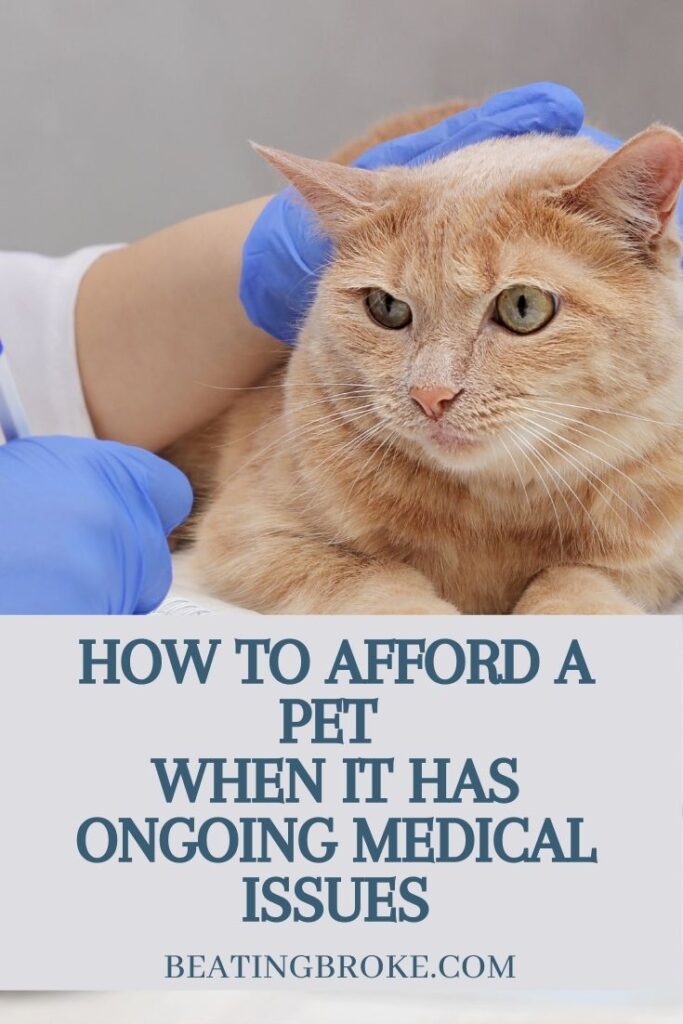Understanding How Does Pet Insurance Work: A Comprehensive Guide for Pet Owners
#### How Does Pet Insurance Work?Pet insurance is becoming increasingly popular among pet owners who want to ensure their furry companions receive the best……
#### How Does Pet Insurance Work?
Pet insurance is becoming increasingly popular among pet owners who want to ensure their furry companions receive the best medical care without breaking the bank. But how does pet insurance work? This guide will break down the essentials of pet insurance, including its benefits, coverage options, costs, and what you need to know before purchasing a policy.
#### What is Pet Insurance?
Pet insurance is a type of insurance policy that helps cover the cost of veterinary care for your pets. Much like health insurance for humans, pet insurance can help mitigate the financial burden of unexpected medical expenses, whether due to accidents, illnesses, or routine care.
#### Types of Pet Insurance Coverage
1. **Accident-Only Coverage**: This is the most basic form of pet insurance, covering injuries resulting from accidents. It does not cover illnesses or routine care.
2. **Comprehensive Coverage**: This type of policy covers a wide range of incidents, including accidents, illnesses, and sometimes preventive care. It typically offers the most extensive protection for your pet.
3. **Wellness Plans**: Some insurance providers offer wellness plans that cover routine check-ups, vaccinations, and preventive care. These plans can be added to a comprehensive policy or purchased separately.

Understanding how pet insurance works is crucial for making an informed decision. Here’s a step-by-step breakdown:
1. **Choosing a Plan**: Pet owners start by selecting a pet insurance plan that fits their needs and budget. This involves comparing different providers, coverage options, and premiums.
2. **Paying Premiums**: Once a plan is chosen, the pet owner is required to pay a monthly or annual premium. This is the cost of maintaining the insurance policy.
3. **Submitting Claims**: When a pet requires medical attention, the owner pays the veterinary bill upfront. Afterward, they submit a claim to the insurance company, along with the necessary documentation, such as invoices and medical records.
4. **Reimbursement**: After processing the claim, the insurance company reimburses the pet owner for covered expenses, minus any deductible and co-payments, according to the terms of the policy.
#### Factors Affecting Premiums

Several factors can influence the cost of pet insurance premiums, including:
- **Pet’s Age**: Older pets generally have higher premiums due to an increased risk of health issues.
- **Breed**: Certain breeds are predisposed to specific health problems, affecting insurance costs.
- **Location**: Veterinary costs can vary by region, impacting insurance rates.
- **Coverage Level**: More comprehensive plans with higher coverage limits typically have higher premiums.
#### Benefits of Pet Insurance

1. **Financial Protection**: Pet insurance helps alleviate the financial burden of unexpected medical emergencies, allowing pet owners to make decisions based on their pet's health rather than their budget.
2. **Access to Quality Care**: With insurance, pet owners are more likely to seek medical attention for their pets without worrying about the cost, leading to better overall health outcomes.
3. **Peace of Mind**: Knowing that you have insurance coverage can provide peace of mind, allowing pet owners to enjoy their time with their pets without the constant worry of potential veterinary expenses.
#### Conclusion
In summary, understanding how does pet insurance work is essential for every pet owner. By evaluating different coverage options, costs, and benefits, you can make an informed decision that ensures your pet receives the best possible care. Whether you opt for accident-only coverage or a comprehensive plan, pet insurance can be a valuable investment in your pet's health and well-being.